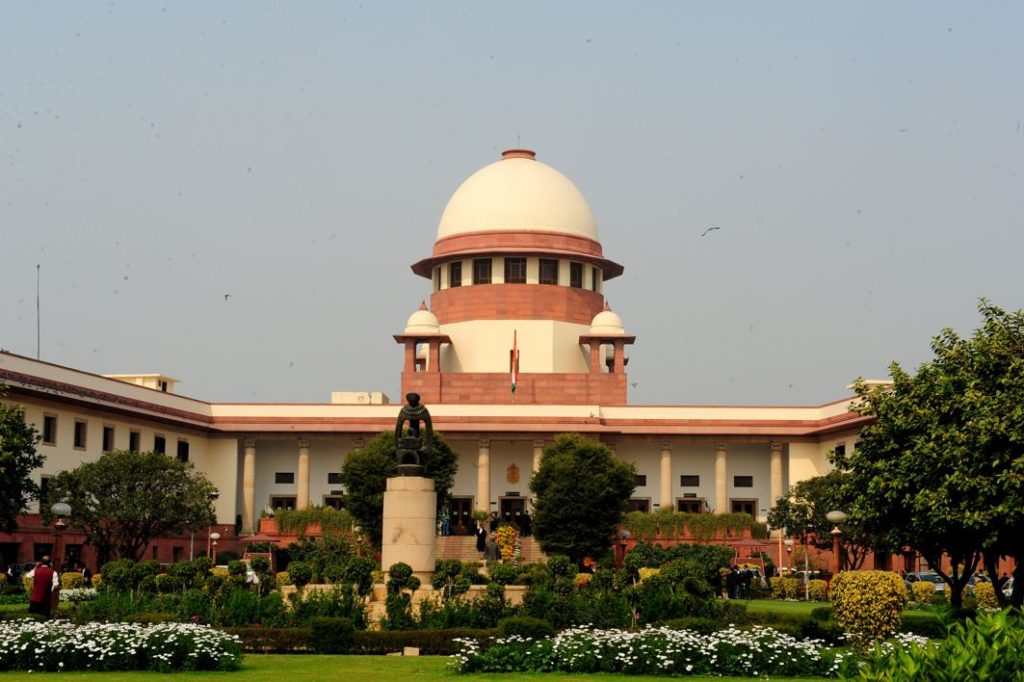Stand of the Hon’ble Apex Court on the RBI’s circular on IBC

In a recent judgement pronounced by the Hon’ble Supreme Court of India, the Reserve Bank of India’s February 12th circular on Stressed Loan Recognition and Resolution of Large Borrowers over Rs. 2,000 crore was termed as “ultra vires”. A revised set of rules is under works and would be released soon, to replace the RBI’s February 12th circular.
It is believed that the RBI is looking into all the concerns raised by various stakeholders including banks and power sector companies and may look to tweak the circular without diluting it completely so that the momentum towards resolution of stressed assets is not affected.
The February 12th circular, which was quashed by the Hon’ble Supreme Court, had mandated the banks to declare any and all accounts as NPA even if a single payment was missed by the debtor. The circular eliminated all previous restructuring schemes which aimed at resolution of stressed assets in the economy.
The framework stated that Lenders should identify incipient stress in loan accounts, immediately on default, by classifying stressed assets as Special Mention Accounts (SMA). Hence, if a borrower delays the repayment of an installment/loan even by a day, the debt would be classified as SMA and the lenders would begin the resolution process. The framework also stated that the lenders had to resolve the stressed asset account through a Resolution Plan within 180 days of the date of on which default occurred, failing which proceedings under the Insolvency and Bankruptcy Code, 2016 shall be initiated. This criterion was set for the accounts where the outstanding debt was at least Rs. 2,000 crore.
In a report last year, the government had even favoured the stressed power projects by providing them an additional 180 days for resolution. The defaulting projects had 34 stressed power projects in the list against which Insolvency Proceedings were to start.
Considering that, unlike the other sectors such as the steel and cement, as the power sector being fully regulated and the tariffs being monitored by Electricity Regulatory Commissions it can be referred to as a player in a restricted market.
The power could only be purchased by distribution licensees or
trading licensees under Section 12 of the Electricity Act, which can only be
done with the prior approval of State Electricity Regulatory Commissions. Even
transmission of power requires prior approval of transmission licensees, and
therefore, substitutability of buyers is impossible since the means to supply
power are not readily available. There are reports of the Parliamentary
Standing Committees which were looking into the problems of the power
sector from time to time. As per the 37 Parliamentary Standing Committee Report on the Stressed / Non Performing Assets in the Electricity Sector dated 07.03.2018 recorded that in the private sector, there were 34 stressed projects amounting to 40,130 MWs out of 85,550.30 MWs which have a debt exposure of INR 1,74,468 crore. Out of these, non performing assets [“ NPAs ”] amounting to 34,044 crores are primarily on account of Government. This Report, therefore, recommended the setting up of a task force to look into the NPA problem in the power sector projects.
The problems faced by the power sector were recognised by the Hon’ble Supreme Court, and it formed one of the primary basis of the order passed declaring the 12th February Circular Ultra Vires. The Hon’ble Supreme Court quashed the circular following a petition filed by around 70 stressed companies from the power, shipping and textiles sectors.
Generally, as per the RBI norms, an account is classified as a non performing asset (NPA) if it is not serviced for 90 days. Presently as per sources, various options are being explored for rejigging the NPA framework.
As per reports, one of the options may give 30-60 days more time in addition to existing 90 days before initiating resolution process for stressed accounts. While the 90-day period for recognising an account as NPA would remain, the central bank may consider to provide more leeway for the entities concerned to repay the loans, they said. There are possibilities that additional time for repayment would help provided to Micro Medium and Small Enterprises (MSME) considering the mitigating hardships faced by them.
Therefore, it can be said that the upcoming circular could be much more precise as it shall fulfill all the shortcomings of the previous ultra vires circular.
